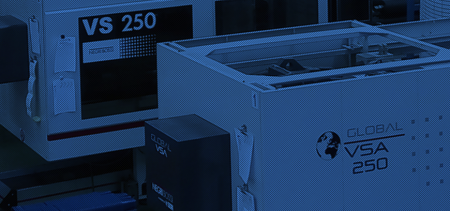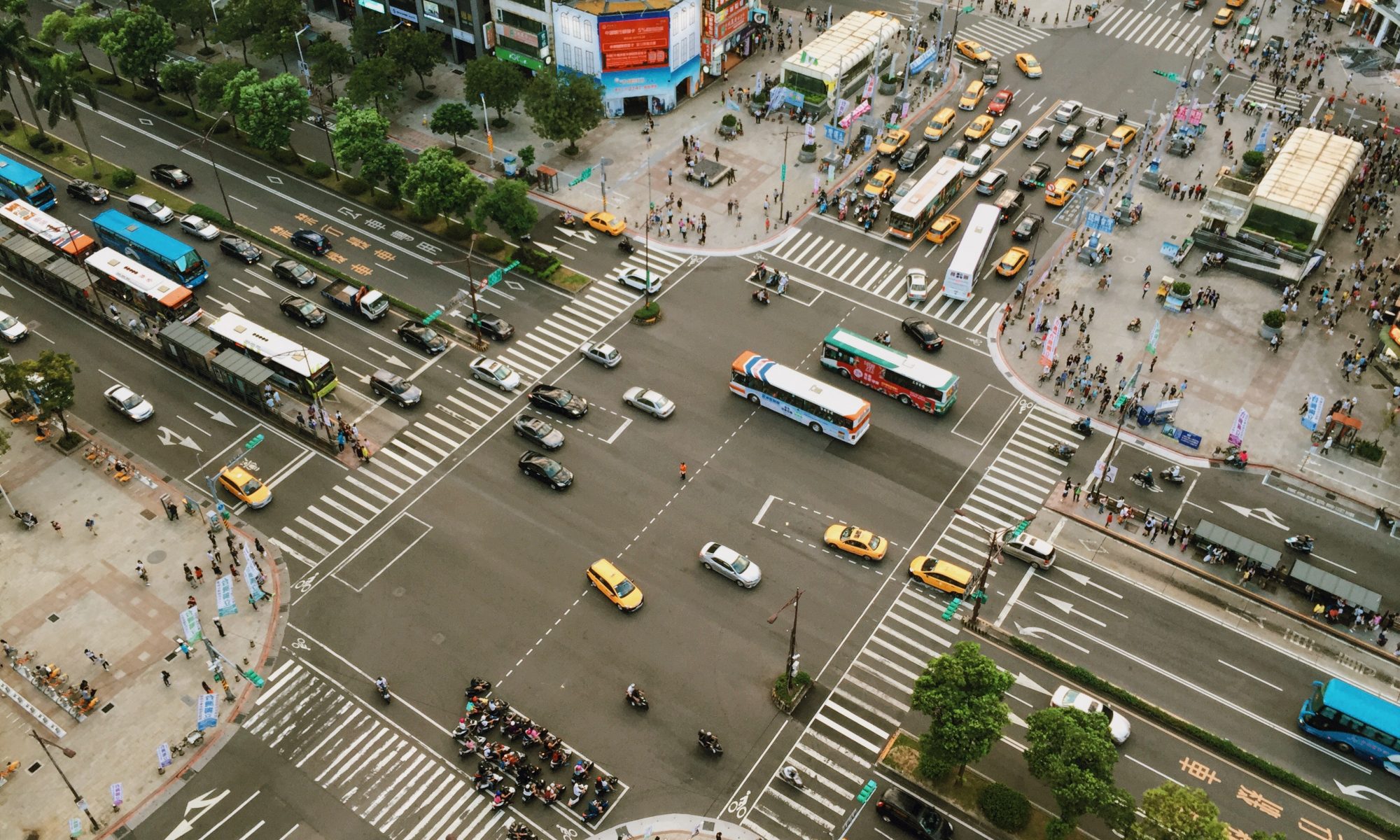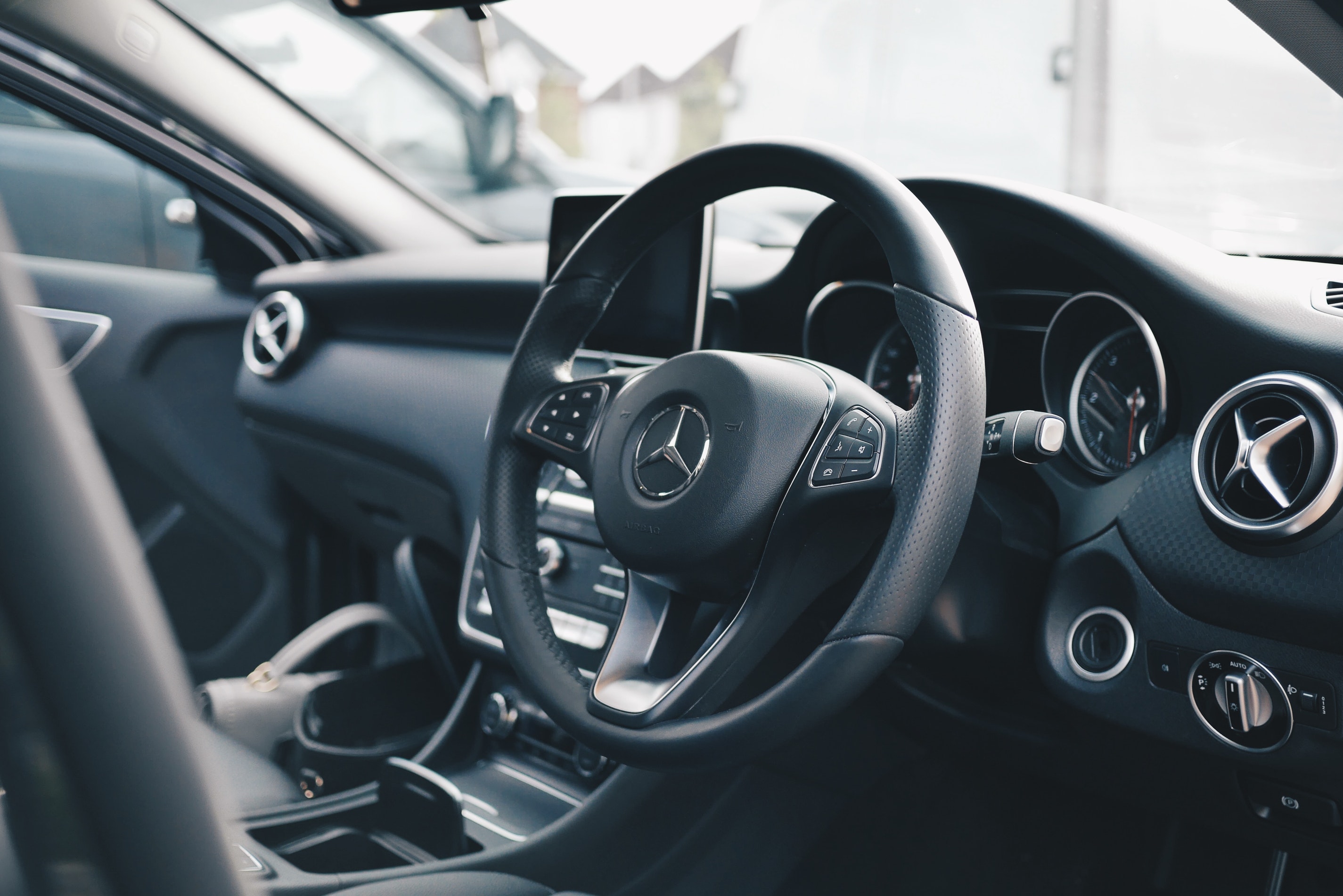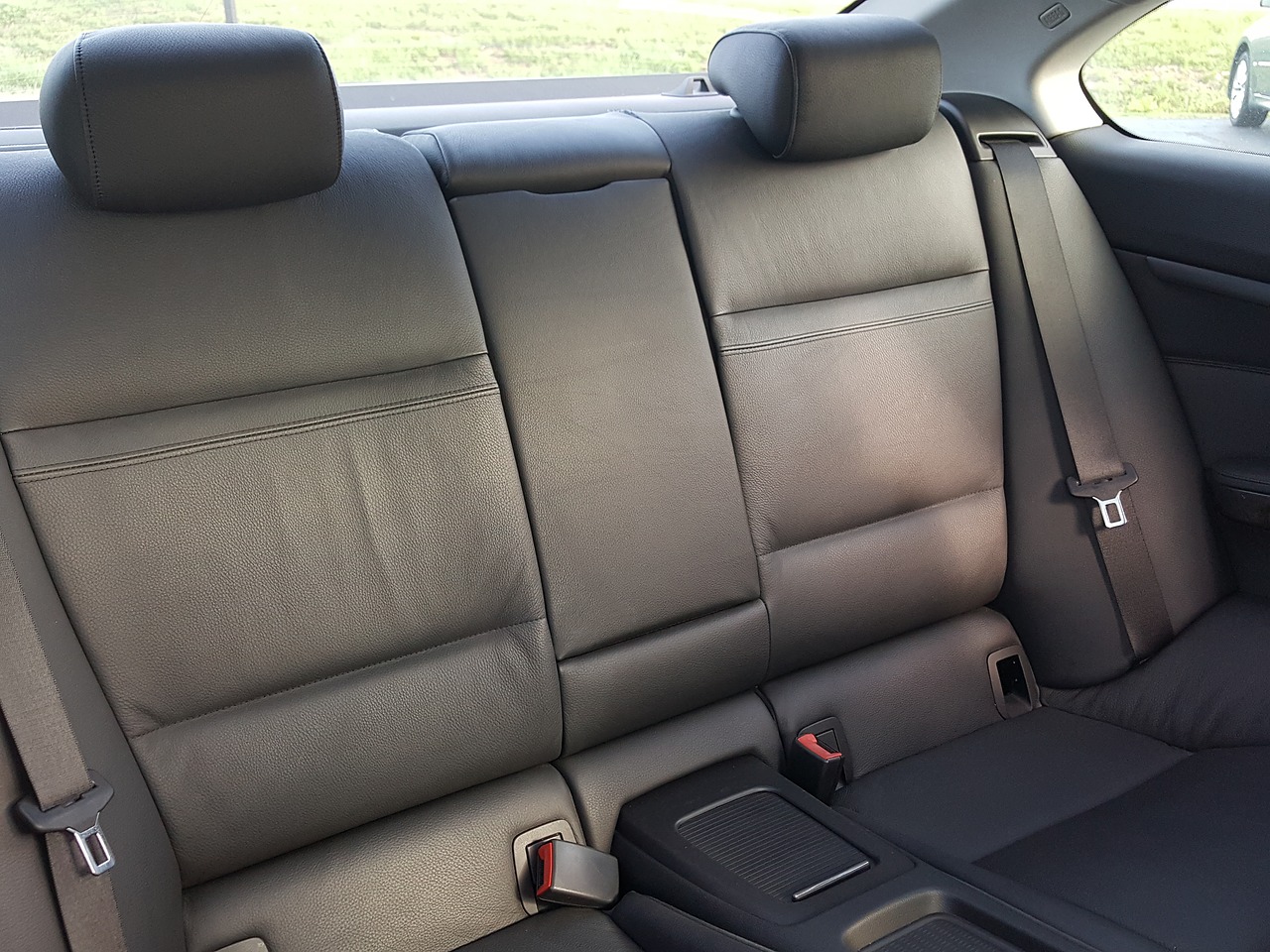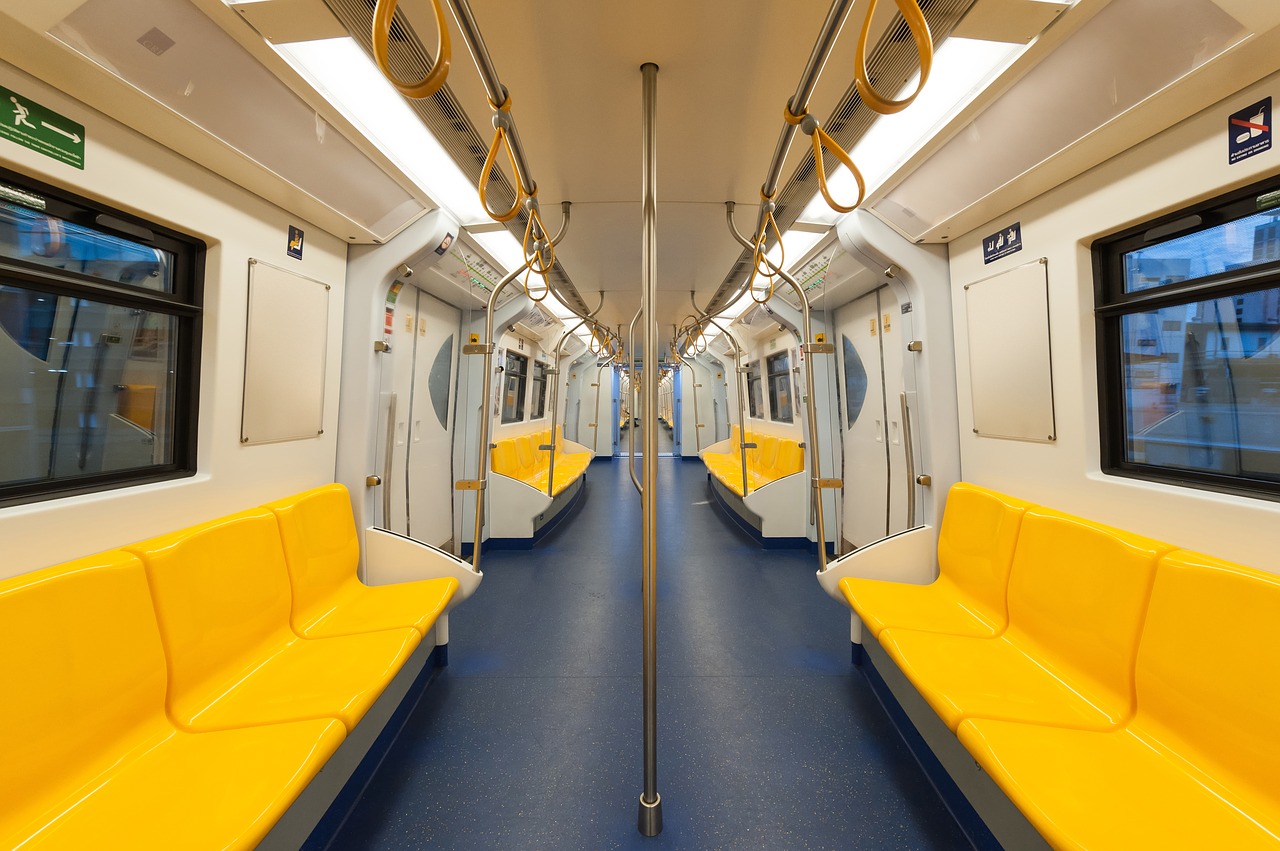Plastics have an incredibly diverse range of potential uses and can be found utilised in a wide variety of industries. So far in our Plastics in Industries series, we have looked at how the material is used in construction and to help with agricultural tasks. In this instalment, we will be taking a look at how and why plastics are used in the transportation industry.
While early designs for automobiles and planes incorporated materials such as wood, fibreglass and metal, over time these resources have been largely replaced by the use of plastic. Since the 1970s, for example, the amount of plastic used to build an airplane has increased from only four percent to over fifty percent. This reveals how crucial plastics have become for improving and developing the transportation industry. As such a versatile product, plastics are typically the best option for creating many components of transportation vehicles, as they provide lightweight, strong and relatively inexpensive solutions.
Weight
One of the most important factors in why plastics are chosen for transport vehicles over other materials is the weight. Components made from plastic tend to be around fifty percent lighter than the same components made from a different material. The lighter a vehicle is, the more fuel efficient it can be, so choosing the least heavy components is quite important when designing and constructing transportation.
Environmental Impact
Using plastics to make up component parts, as opposed to heavier materials, sees fuel economy improve by around thirty percent! This is due to the fact that every kilogram lighter a car is made to be, it will reduce carbon dioxide emissions by 20kg over the cars lifetime. Therefore, in this situation, plastics can actually be a more environmentally friendly option than other materials, such as metal.
Safety
Plastics have allowed innovative safety solutions to be created and implemented in vehicles, making roads safer for drivers and passengers alike. The use of plastics in cars has allowed shock absorption features to be added to car bonnets and bumpers, with plastic air bags, seat belts and child safety seats all being invaluable accessories that can save lives in the event of an accident.
Design
If you’ve read our guide to thermoplastics, you’ll know that this material is extremely versatile and can be shaped and reshaped as required. As such, when high-quality thermoplastics are used to build a car, the design can be much more innovative and unique, providing manufacturers with a chance to create new transportation solutions easily. Using plastics to create the design of a vehicle also means that it can be produced in almost any colour, eliminating the need for painting. For transport such as buses, trains and planes, this design can extend to the accessories required within, such as wall panels, luggage holds, hand railing, seating, flooring and signs.
Longlasting
Plastics are moisture resistant, so will not experience issues such as rust or rotting, like wood or metal would. Plastics are also extremely durable, which makes it a great choice for transport vehicles, which may experience rough terrain, collision damage and extreme weather conditions. With less maintenance required to keep plastics in working condition, they are now also used extensively in boats and other marine craft.
If you work in the transport industry and are looking for plastic extrusion or plastic injection moulding services to create components for your next design, then please do not hesitate to get in touch with us here at Opus Plastics.
